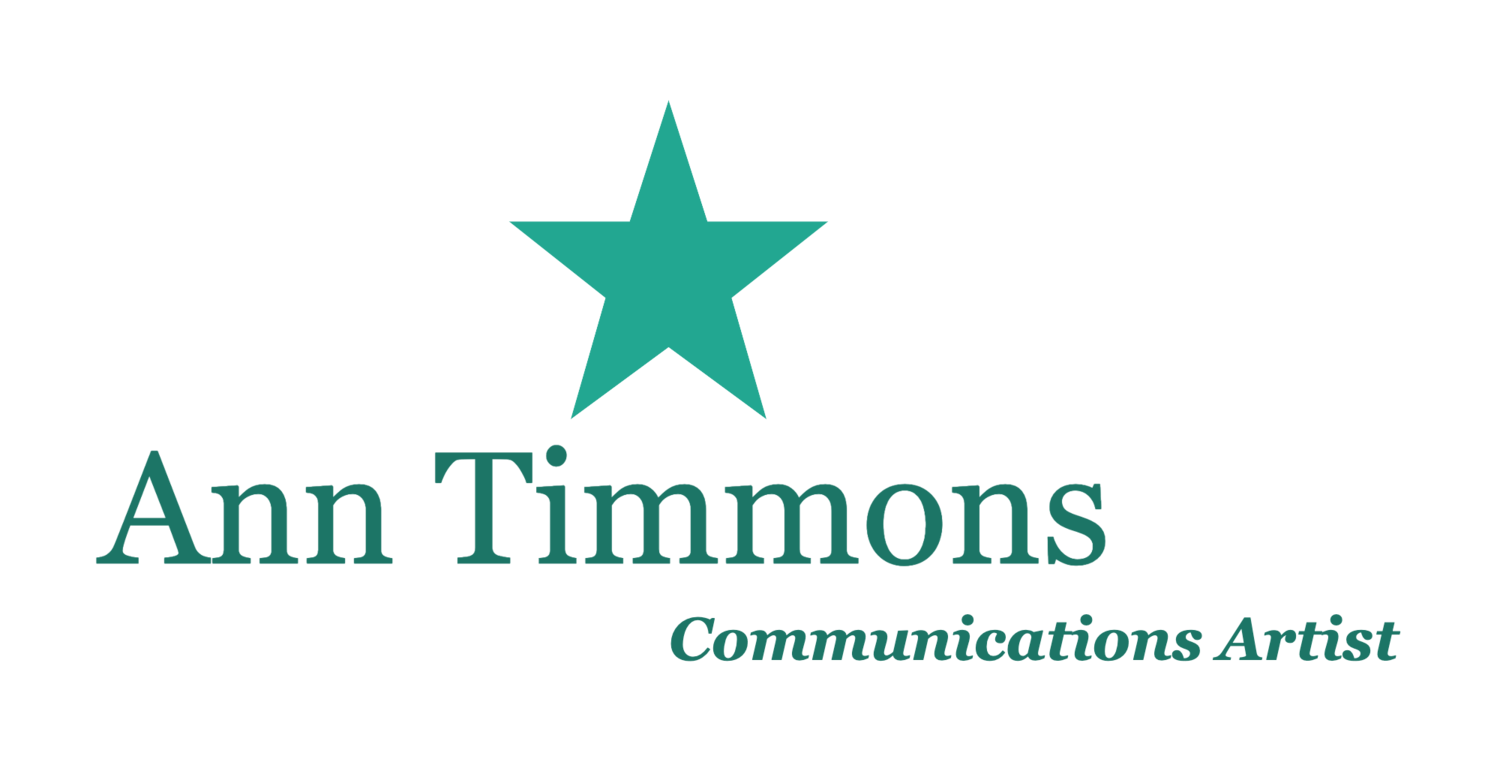Queen Elizabeth II, 1957
photo credit: BiblioArchives / LibraryArchives, CC BY 2.0, via Wikimedia Commons
Since I often jump on bandwagons when they come around the block the second time, I am just now enjoying Season 2 of The Crown on Netflix. The other night I caught up with Episode 5 (airdate Dec. 8, 2017), and was amazed I had not heard about it before. Because that episode portrays a watershed moment for the Queen that leads to what today we'd call a "rebrand": transforming how she communicates with The People.
This episode depicts, apparently with quite a bit of accuracy, the occasion when the Queen's speaking style, as well as her speech content, were roundly criticized by a self-described "committed monarchist," Lord Altrincham. In August 1957, he wrote an article in National and English Review (a magazine he managed and edited) where he decried the Queen's speaking style as "priggish," "hollow," and “frankly 'a pain in the neck'." He also suggested that the Queen needed to replace her "tweedy," tone deaf speechwriters with people more in touch with her audience. So that words of encouragement meant for "the common people" wouldn't sound like dismissal and disparagement.
The Crown conjures a scene where Altrincham has a secret meeting with the Queen, advising her to modernize her image. As far as historians know, this meeting did not take place, but others did. The urgency of Altrincham's message reached the Queen. As a result, she curtailed some of the palace's dated, elitist practices, and added new, more egalitarian ones. In some circles Altrincham is credited with saving the British Monarchy. Whether he did or not is a debate for someone else's newsletter. But his critique of Queen Elizabeth's communications style, her old-fashioned, stiff, disconnected way of speaking, gave way to a more modern approach, one the Queen acknowledged herself, shortly after Season 2, Episode 5 of The Crown aired.
My takeaway? Don't be the Queen and wait for a really bad speech to be your wake-up call. Get out in front of the problem. If you're not connecting with your audience, change your content and delivery. Maybe change your perspective, too. Because you don't have her job security.


